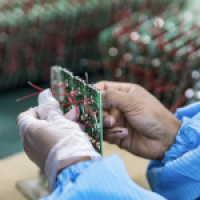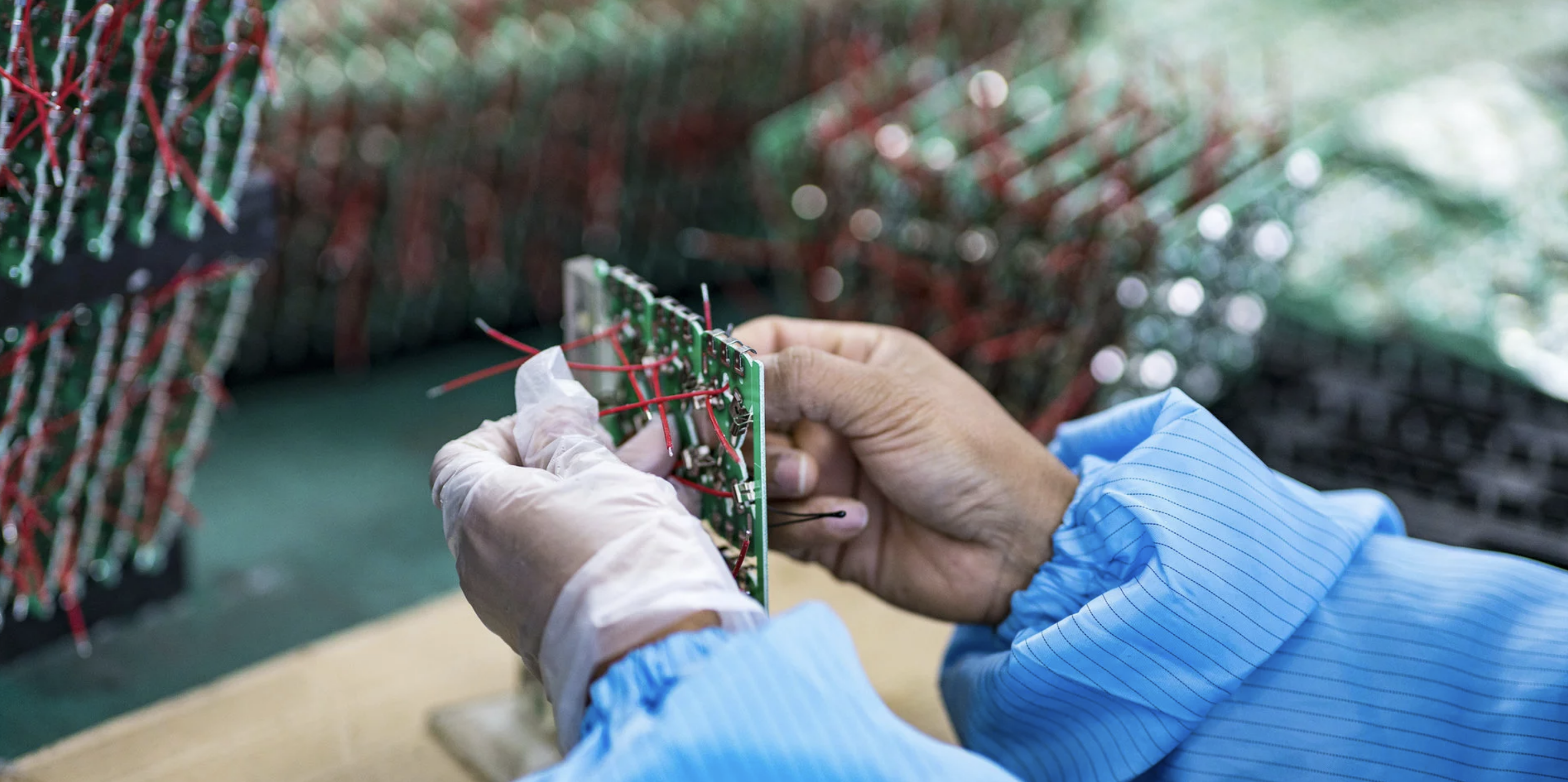

Innovation is essential. | iStock/owngarden
Every time you attend a virtual meeting or email a colleague, you’re using technology that runs on computer chips.
But semiconductor technology does a lot more than keeping the world connected: It plays a vital role in enabling solutions to many of society’s challenges, including climate change, health care, and transportation.
Given the importance of semiconductors to our digital society, innovation in the field is essential, said Stanford electrical engineer H.S. Philip Wong at a recent media briefing on the future of semiconductor technology held by the U.S. Department of State’s Foreign Press Centers. The key, he said, will be investing in both semiconductor research and development (R&D) and manufacturing so that it’s possible to shorten the distance between innovations discovered in university labs and the creation of new semiconductor products. Congress, he noted, should pass the federal CHIPS Act, a bill that would establish funding and incentives to support both semiconductor R&D and manufacturing, because manufacturing and R&D go hand in hand.
“R&D without manufacturing is akin to building a bridge to nowhere,” said Wong, the Willard R. and Inez Kerr Bell Professor in the School of Engineering.
Watch the full Foreign Press Center briefing
Lab-to-fab solutions for the future of semiconductor technology - by Stanford Engineering Staff - Stanford Engineering - April 27, 2022


